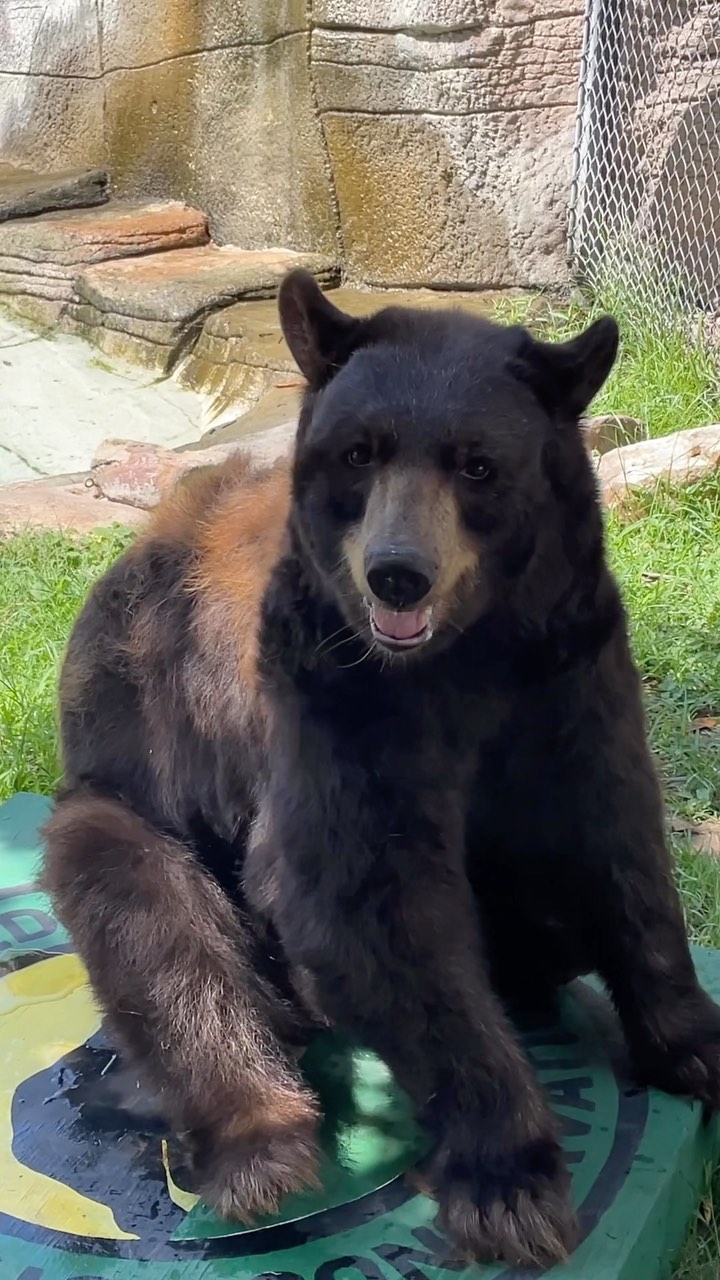Summary:
1. The evolution and adaptation of fur in animals.
2. The role of fur in animal survival.
3. Fascinating facts about different types of fur.
4. The importance of fur in maintaining body temperature.
5. The future of fur and its conservation.
—
Thanks for all the compliments on my fur this season! As we approach the end of the Baylor Bear Fur Tracker™️, I’m thrilled to announce that my fur is expected to turn utterly black by next week. Now, let’s dive deeper into the unique and fascinating aspects of fur in the animal kingdom.
1. The Evolution and Adaptation of Fur
Fur has evolved over millions of years, allowing animals to adapt to various habitats and environmental conditions. From polar bears’ thick fur to cheetahs’ sleek fur, different species have developed specialized fur to survive in their specific ecosystems. This ability to adapt and evolve is truly remarkable!
2. The Role of Fur in Animal Survival
Fur plays a vital role in animal survival. For many species, fur provides insulation and protection against extreme temperatures. Consider the Arctic fox, whose white fur helps camouflage it in snowy surroundings and acts as an insulator, keeping the fox warm even in freezing temperatures. Fur also serves as a protective barrier against physical injuries and harmful UV radiation.
3. Fascinating Facts about Different Types of Fur
Did you know that there are different types of fur with unique properties? Take the sea otter, for example. This adorable creature has the densest fur of any animal, with around a million hairs per square inch! Sea otters spend hours grooming to maintain their fur’s insulation and buoyancy properties. Meanwhile, a porcupine’s quills are specialized modified hairs that provide excellent defense against predators. Nature never ceases to surprise us!
4. The Importance of Fur in Maintaining Body Temperature
Regulating body temperature is crucial for animals, and fur plays a vital role. Whether keeping warm in cold climates or staying cool in hot environments, fur helps animals maintain their optimal body temperature. Like wolves and lions, many animals have a double fur coat with a dense undercoat for insulation and a longer, coarser outer coat for protection. This perfect combination allows them to thrive in diverse environments.
5. The Future of Fur and its Conservation
In recent years, there has been increasing awareness and concern regarding the use of animal fur in the fashion industry. While faux fur alternatives have gained popularity, it is essential to emphasize the importance of sustainable practices. Many zoos and wildlife conservation organizations are actively involved in fur conservation efforts, aiming to protect and conserve animal species that rely on fur for survival.
Conclusion
From the fascinating evolution and adaptation of fur to its essential role in animal survival and temperature regulation, there is no denying the incredible importance of fur in the animal kingdom. As we progress, we must continue supporting conservation efforts to protect these magnificent creatures and their fur. So, the next time you admire an animal’s fur, remember the unique story it tells and the vital role it plays in their lives.
*****
Source Description
thanks for all the compliments on my fur this season 😌 We’re in the home stretch of the Baylor Bear Fur Tracker™️ , and I’m expected to be all black by next week!


